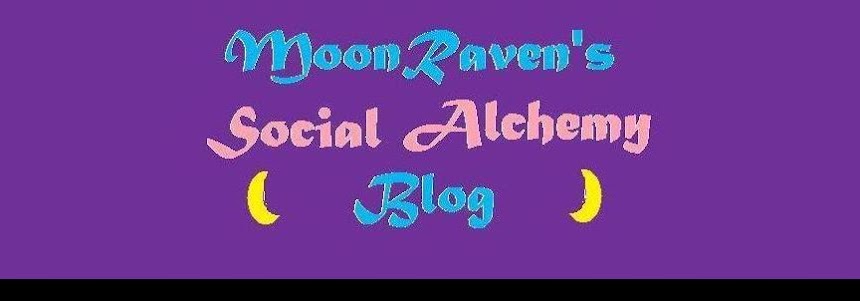At this point, what's going onto this blog is a mishmash of stuff I'm thinking about, stuff I've wanted to post for a while, stuff that just occurs to me, and random stuff I think might be useful. Among other things, I'm going through stuff I meant to put in the blog but somehow never did. This is a book review I wrote a long time ago and never posted.
Mycelium Running by Paul Stamets bears the subtitle "How Mushrooms Can Help Save the World". He isn't kidding; Paul Stamets believes that mushrooms and mycelium are the best means of saving the planet. I'm not quite as much of a fanatic about mushrooms (or any single 'solution') but reading this book has made me believe that mushrooms and mycelium should be an important part of rebuilding the world.
Mushrooms come from mycelia (the plural of mycelium) which are long, white, underground, threadlike cellular structures that run through the soil. The mycelia form a network through the earth that can grow as large as 2,400 acres, as was found in Oregon and dubbed the largest organism in the world.
These mycelial networks help explain things like 'fairy circles' where a perfect circle of mushrooms will grow in the woods. The explanation is that they are all interconnected by their mycelia. Mushrooms are often described as 'the fruiting bodies', (that is, the reproductive organs) of mycelia--they contain the spores that can be carried off by animals enjoying the mushrooms, thus helping to spread the mycelia.
The first chapter in the book is devoted to mycelial networks, comparing them to the connections in the brain and in the internet, and even dark matter in the universe. It seems a bit much but the accompanying photographs show how similar the patterns of these various things are. From there Stamets goes into the life cycle of mushrooms and the various types of mushrooms. He discusses the medicinal use of mushrooms and devotes an entire section to what he terms 'Mycorestoration', using mushrooms and mycelia to restore the world through filtering out toxins, remediation of poisoned soil, helping to grow back forests, and even to develop natural pesticides. The final section of the book concentrates on how to grow mycelia and mushrooms--with a last chapter of the book on 'Nutritional Properties of Mushrooms'.
Like I said, this book didn't convert me to mycofanaticism but it did make me aware of the contributions that mycelia make to the ecosystem. If you want to enrich your ecological awareness or perhaps just want to know how to grow mushrooms, this is a great book to look through.
Quote of the Day: "There are more species of fungi, bacteria, and protozoa in a single scoop of soil than there are species of plants and vertebrate animals in all of North America. And of these, fungi are the great recyclers of our planet, the mycomagicians disassembling large organic molecules into simpler forms, which in turn nourish other members of the ecological community. ...
"Since most insects are fungus loving and are excited by spores, they appear as mushrooms ripen and overmature. Vertebrates from squirrels to bears to people seek mushrooms as food. Bacteria use rotting mushrooms as a rich base for growth, further freeing nutrients and releasing a cascade of microbes that destroy the structure of mushrooms as they melt into the soil. This bacterial influx predisposes habitats for the emergence of plant communities. Ultimately, nature fosters complex partnerships of interdependence...
"Nature loves communities." - Paul Stamets
Subscribe to:
Post Comments (Atom)


No comments:
Post a Comment